This started as a rescue mission. I had an old resin table in the corner of my studio—one of my early builds—and every time I walked by it, I felt like it didn’t match anything anymore. It wasn’t broken. It wasn’t scratched. But it felt… off. I debated pouring a new layer of resin. But instead, I grabbed some paint. And honestly? It changed everything. If you’re wondering can I paint a resin table, here’s what worked for me—and what didn’t.
Why I Even Considered Painting a Resin Table in the First Place
The original finish just wasn’t hitting anymore
It looked dated—like something I loved two years ago but didn’t connect with anymore. I wasn’t ready to trash it, but it needed something.
I didn’t want to throw it out — just give it a second life
Resin table repair wasn’t something I had thought much about before, but the idea of transforming this piece without a full rebuild felt like the right kind of experiment.
I wanted to experiment with a bold matte color
Not every epoxy table needs to be glossy or crystal clear. I was craving something moodier—something more modern and dramatic.

What Paint Actually *Works* on Resin (And What Didn’t Stick)
Spray primer made a huge difference — don’t skip it
The first time I tried painting epoxy resin table surfaces directly? Total fail. The paint scratched right off. Primer made all the difference—especially one made for glossy or non-porous surfaces.
I used a paint made for plastic surfaces
The can said multi-surface, but it specifically mentioned plastic. That’s key. Resin has a smooth, slick surface just like most plastics. Regular wall paint won’t hold.
Chalk paint looked great but needed sealing
I tested chalk paint on a test piece and loved the soft, velvety finish. But without a topcoat, it was way too fragile. A matte sealer made it usable.

My Step-by-Step Process (And Where I Cut Corners)
Light sanding gave the primer something to grip
Nothing aggressive—I used a fine grit pad and lightly scuffed the surface. The goal was just enough texture for the primer to bite.
Two coats of primer, three coats of paint
I let each coat dry fully (not just “feels dry”—*actually* dry). That’s what kept the paint from peeling later.
I sealed it with a matte clear topcoat
I didn’t repour resin this time. I used a matte spray sealer made for painted furniture. It held up surprisingly well—and kept the look consistent.

What I Loved — And What I’d Change Next Time
The transformation was legit
It went from an afterthought to the most complimented piece in the room. Bold color + matte finish = new personality.
I should’ve taped off the edges better
A few spots bled under the tape and needed a brush touch-up. Painter’s tape works, but take your time sealing those lines.
I wish I’d tried a two-tone design
All one color was clean and modern—but now I’m imagining bold contrast legs or a color-blocked base. Next time.

Want to Breathe New Life Into Your Resin Table?
You don’t have to pour a whole new layer — sometimes a little paint is all it takes
Painting epoxy resin table surfaces can be risky if you rush it, but if you prep right, it’s a killer way to make a piece feel fresh. And if you’re not sure what’s safe for resin, check out our Technical Resin & Epoxy FAQ.
I take on refinishing projects, too
If you’ve got a resin piece that’s lost its vibe, let’s talk. We can rework it with subtle accents, full color, or even combine paint and new resin pours. I’ve done similar fixes when tackling epoxy table problems like cracking, yellowing, or stains.

Final Thoughts: Paint Might Be the Most Underrated Resin Hack
You don’t always need to pour again to make a piece feel brand new
Sometimes resin table paint is all it takes. Especially when you want a new mood without a full rebuild.
I’m glad I didn’t give up on the table
Now it’s one of my favorite pieces in the studio—and it started with a can of paint and an idea.
Thanks for taking the time to read—I really appreciate it. I hope something in my process (or my mistakes) helps you along the way. If you want a custom piece or hit a wall building your own, feel free to drop a comment or reach out—happy to help. Have a blessed day!
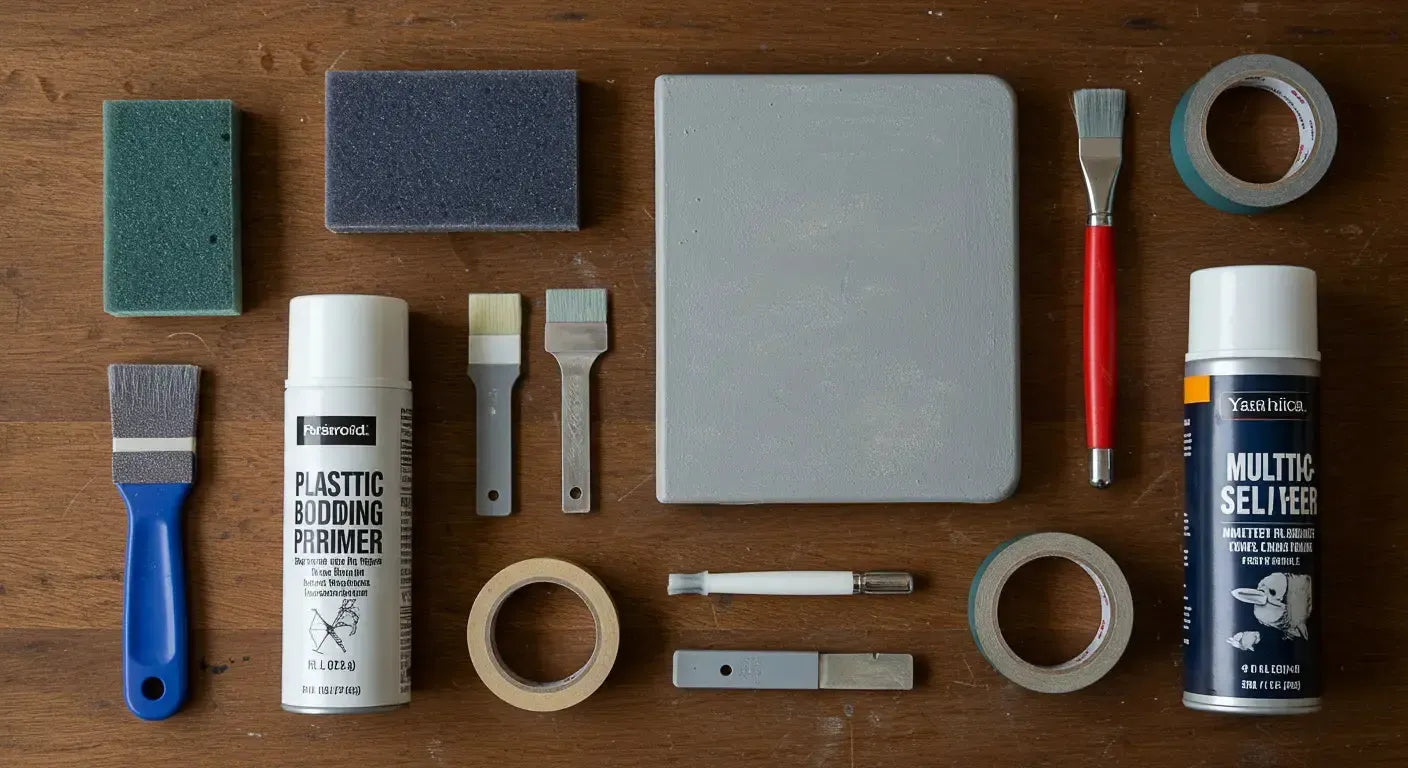


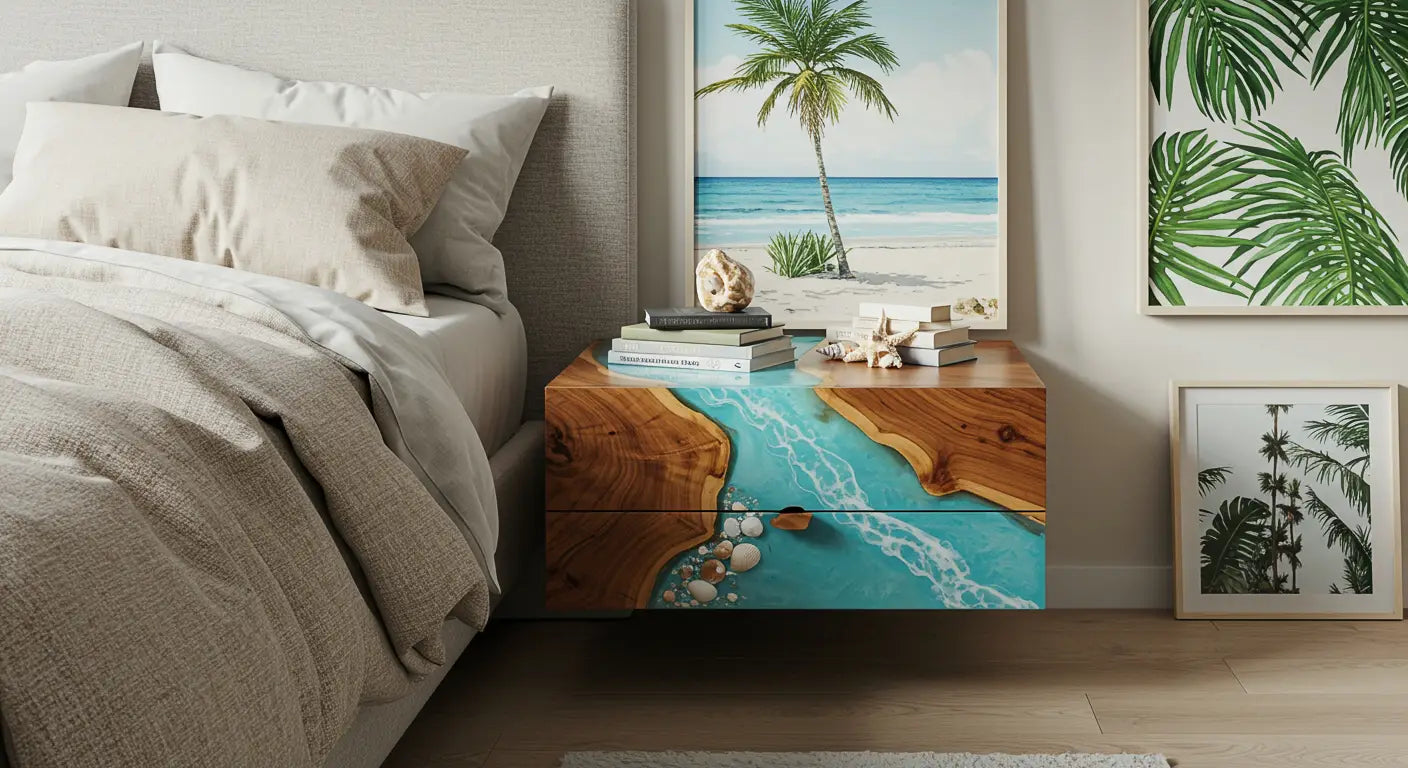
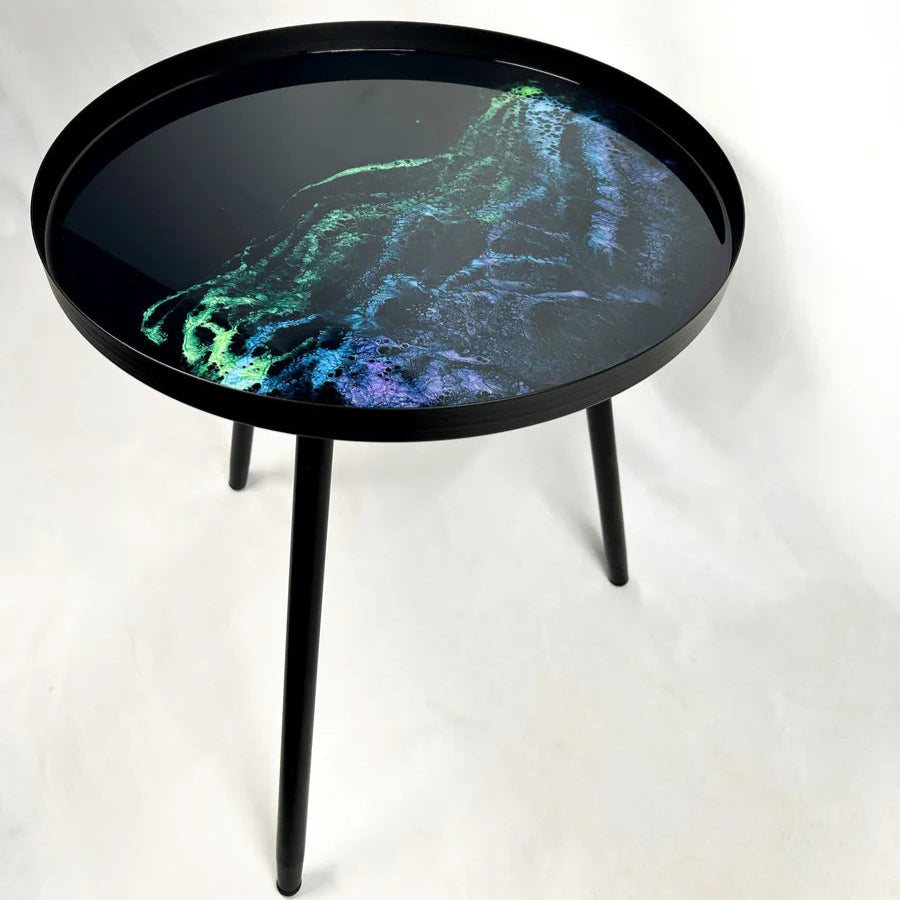
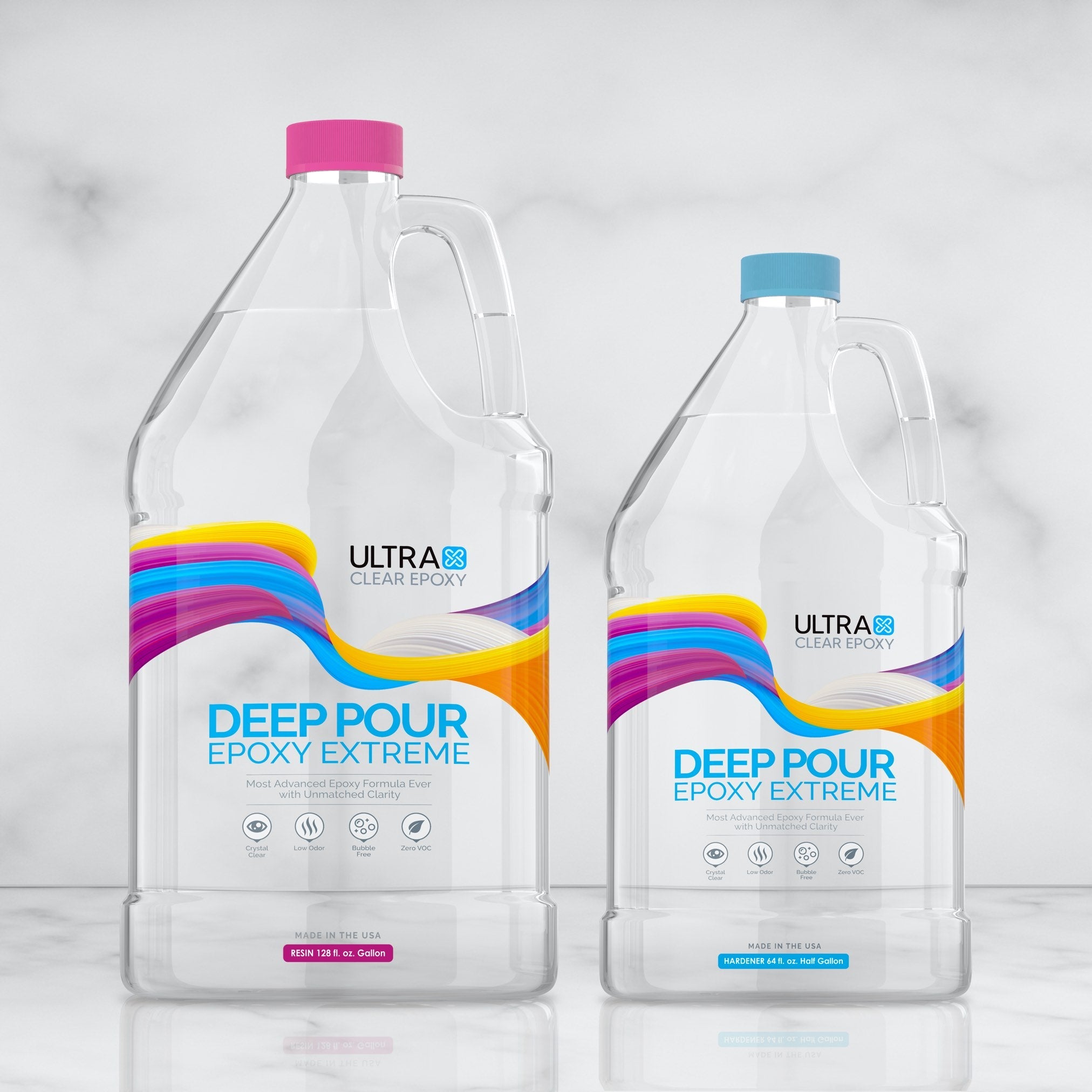
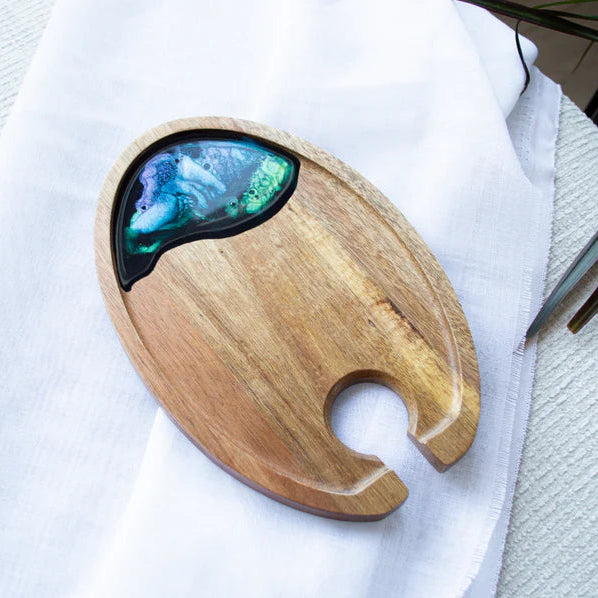
Share:
1 comment
Thank you! This is what I was looking for, my resins tables look outdated too.